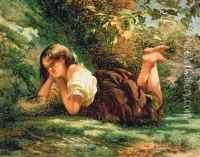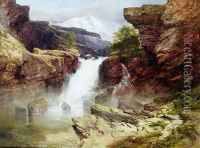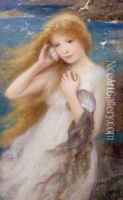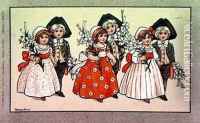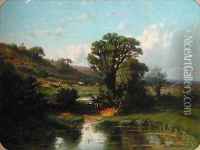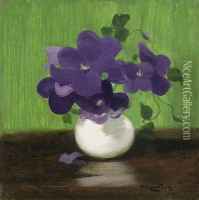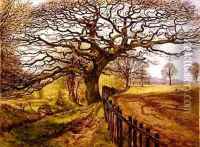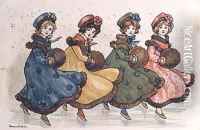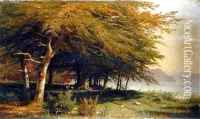Romanticism Paintings
Romanticism, first defined as an aesthetic in literary criticism around 1800, gained momentum as an artistic movement in France and Britain in the early decades of the nineteenth century and flourished until mid-century. With its emphasis on the imagination and emotion, Romanticism emerged as a response to the disillusionment with the Enlightenment values of reason and order in the aftermath of the French Revolution of 1789. Though often posited in opposition to Neoclassicism, early Romanticism was shaped largely by artists trained in Jacques-Louis David'sstudio, including Baron Antoine-Jean Gros, Anne-Louis Girodet-Trioson, and Jean-Auguste-Dominique Ingres. This blurring of stylistic boundaries is best expressed in Ingres' Apotheosis of Homer and Eugene Delacroix's Death of Sardanapalus (both Musee du Louvre, Paris), which polarized the public at the Salon of 1827 in Paris. While Ingres' work seemingly embodied the ordered classicism of the David in contrast to the disorder and tumult of the Delacroix, in fact both works draw from the Davidian tradition but each ultimately subverts that model, asserting the originality of the artist-a central notion of Romanticism. In Romantic art, nature-with its uncontrollable power, unpredictability, and potential for cataclysmic extremes-offered an alternative to the ordered world of Enlightenment thought.
